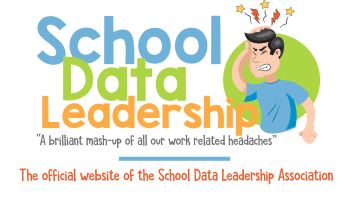Share leadership responsibility by establishing community, business, institutional and civic partnerships that invest in and support the vision and goals.
The leadership standard involving the sharing of responsibility through the establishment of partnerships with community groups, businesses, institutions, and civic bodies is pivotal for educational leaders aiming to enrich their schools and support their strategic vision and goals. Below, I detail this standard more comprehensively, providing actionable strategies and specific resources to help leaders effectively build and sustain these partnerships.
Identifying Potential Partnerships
-
Community Assessments: Conduct thorough assessments to identify potential local partners whose missions align with the school's educational objectives. Tools like MindMeister can help map out the community resources and potential partners.
-
Business Engagement: Reach out to local businesses for partnerships that could provide students with real-world learning experiences, internships, or funding for special projects. Chambers of Commerce, such as the California Chamber of Commerce, can facilitate connections with local businesses.
-
Institutional Collaborations: Forge relationships with local universities and colleges for academic partnerships, research opportunities, and resource sharing. Websites of local academic institutions often have community or outreach departments that can be approached for collaboration.
-
Civic and NGO Alliances: Engage with civic organizations and NGOs that focus on educational advancement, youth programs, or community development. Platforms like Idealist can help find relevant organizations.
Building and Sustaining Partnerships
-
Mutual Benefit Clarification: Ensure that all partnerships are built on the foundation of mutual benefit. Clearly articulate how the partnership helps each party achieve their goals, reinforcing commitment over time.
-
Formal Agreements: Draft formal partnership agreements that outline the roles, responsibilities, and expectations of each party. Resources such as Rocket Lawyer can assist in creating legally sound partnership agreements.
-
Regular Communication: Maintain open lines of communication through regular meetings, updates, and collaborative events to keep all partners engaged and informed. Tools like Slack or Microsoft Teams can facilitate ongoing communication.
Leveraging Partnerships for School Improvement
-
Curriculum Development: Collaborate with partners to develop curricula that incorporate real-world issues and skills, making learning more relevant and engaging for students.
-
Professional Development: Utilize partnerships for professional development opportunities for staff, enabling them to gain new skills and perspectives. For instance, LinkedIn Learning offers courses that might be co-sponsored by business partners.
-
Resource Sharing: Share resources such as facilities, expertise, and materials with partners to enhance the educational experiences offered at the school.
Evaluating and Refining Partnership Impact
-
Impact Assessments: Regularly evaluate the effectiveness of each partnership in achieving educational goals and providing value to the school community. Tools like SurveyMonkey can be used to gather feedback from stakeholders.
-
Adjustments and Enhancements: Be prepared to make adjustments based on feedback and changing needs, ensuring that partnerships remain relevant and productive.
-
Recognition and Rewards: Recognize and celebrate the successes of partnerships through public acknowledgments, awards, and events, which can also help strengthen and sustain these relationships.
By adopting these strategies and utilizing the linked resources, educational leaders can effectively share leadership responsibilities through meaningful partnerships that support and advance their schools' visions and goals.
